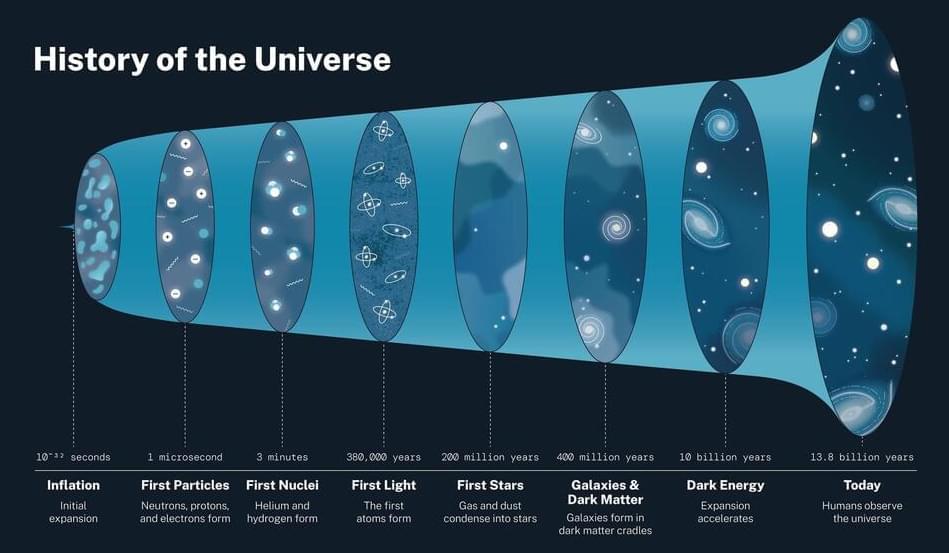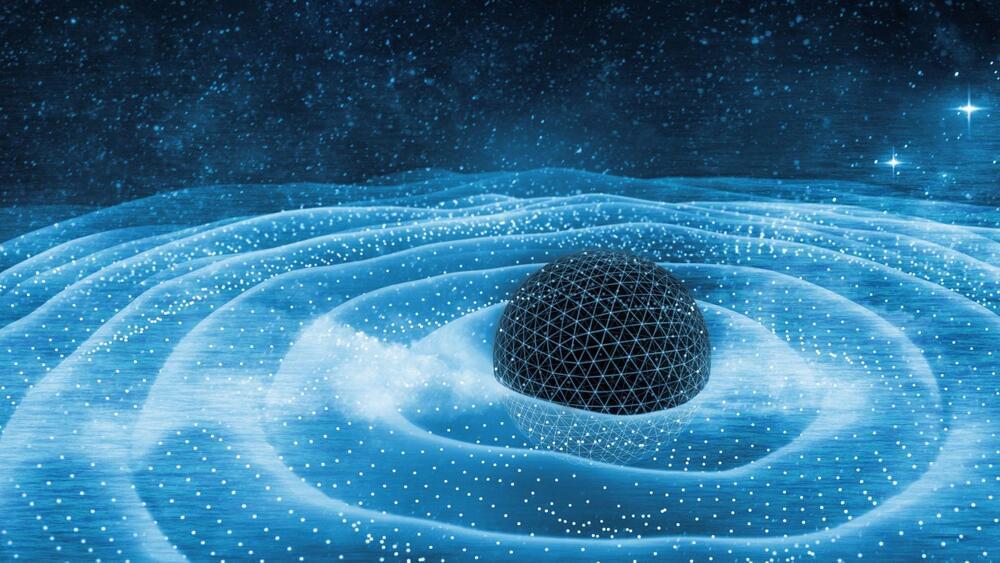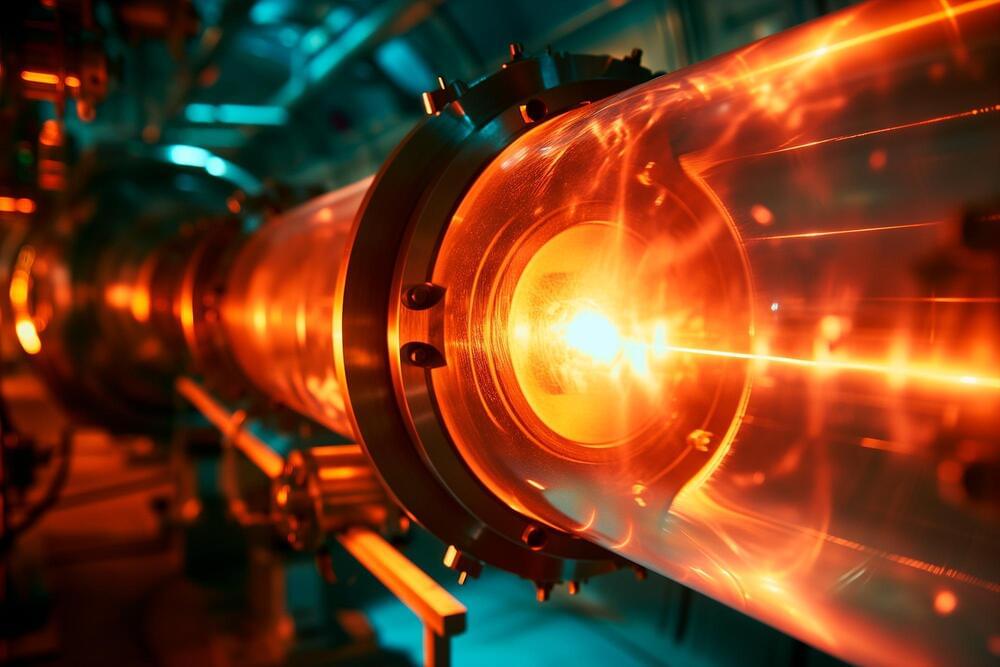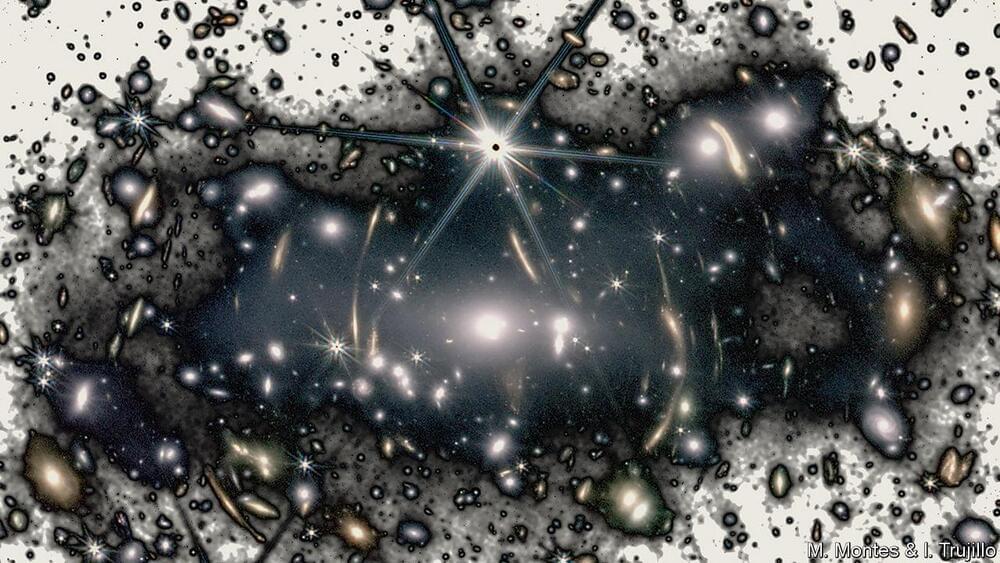Mar 15, 2024
The Next Einstein: New AI Can Develop New Theories of Physics
Posted by Genevieve Klien in categories: physics, robotics/AI
Their AI is able to recognize patterns in complex data sets and to formulate them in a physical theory. The development of a new theory is typically associated with the greats of physics. You might think of Isaac Newton or Albert Einstein, for example. Many Nobel Prizes have already been awarded for new theories. Researchers at Forschungszentrum Jülich have now programmed an artificial intelligence that has also mastered this feat. Their AI is able to recognize patterns in complex data sets and to formulate them in a physical theory.
In the following interview, Prof. Moritz Helias from Forschungszentrum Jülich’s Institute for Advanced Simulation (IAS-6) explains what the “Physics of AI” is all about and to what extent it differs from conventional approaches.

















